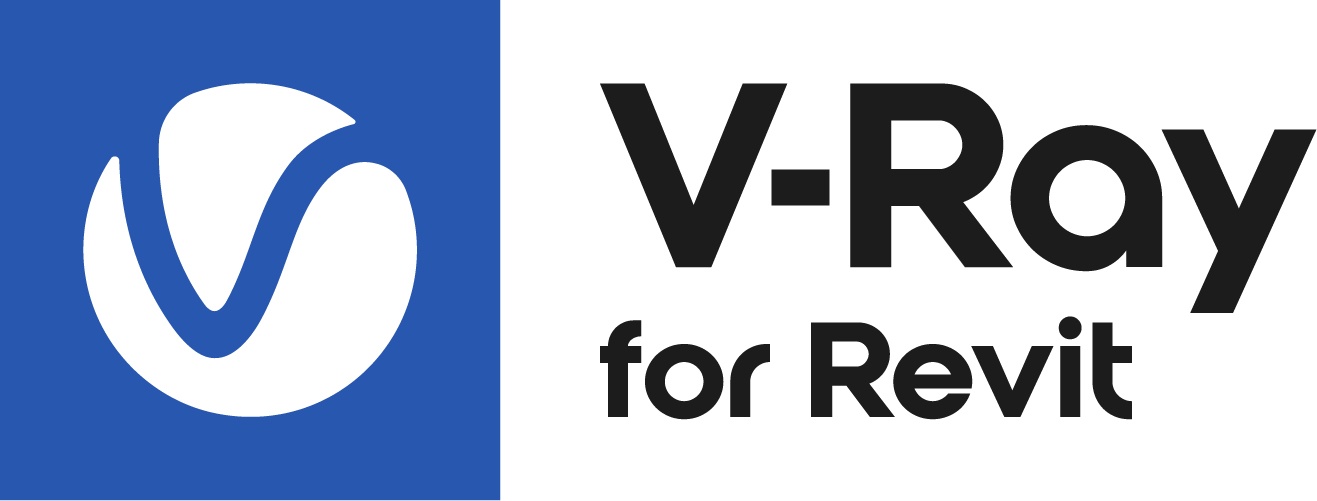This page provides an overview of V-Ray Materials in Revit.
Overview
V-Ray for Revit incorporates several different means to produce materials from Revit.
Materials can come from Revit itself, or more powerful and versatile materials can be created using the V-Ray Asset Editor; these materials include those with displacement, subsurface scattering, dirt maps, and light emitting properties.
Starting with V-Ray 5, PBR layers are converted to regular material layers.
Image courtesy of Karam Baki
UI Paths
Creating a V-Ray material:
||Asset Editor|| > Materials (right-click)
||Asset Editor|| > Create Asset > Materials
Replacing a Revit material with a V-Ray material:
||Appearance Manager|| > Materials Tab > V-Ray icon menu
Creation of V-Ray materials is available from two places in the Asset Editor: the Create Asset button and the Materials category icon (top).
If you haven't created any assets yet, left- or right-click on the Materials category icon, opens the dropdown and prompts you to create a new asset. If you already have assets, left-click selects and displays only the category you have clicked on. Ctrl + left click on the category keeps both categories displayed in the outliner, whereas right-click opens the asset creation dropdown.
The Asset creation dropdown lists remain active when the Ctrl key is held, allowing the creation of multiple assets in quick succession.
Replace a Revit material with a V-Ray material by drag-and-dropping the V-Ray material from the V-Ray Asset Editor onto any Revit material in the Appearance Manager.
Options
There are some context options that V-Ray materials have. Right-click on any material in the Material's list for a context menu to appear.
Search Scene – Searches the assets by name from all the categories that are selected.
Use As Replacement – Select a material to use as a replacement for any other material in the scene.
Select Objects In Scene – Allows selection and multi-selection of components and groups in the viewport.
Replace All References – Replaces all references of a material with the preselected one. For example, a Generic material is used as part of Two Sided and Multi Material. Replace All References overwrite the Generic material in both Two Sided and Multi Material.
Replace In Scene – Replaces the selected material with a preselected one.
Tag – Lets you put tags on the selected material.
The Asset lists have some additional multi-selection functionalities:
- Ctrl on deselected item - Adds to the selection;
- Ctrl on selected item - Removes it from the selection;
- Ctrl + A - Selects all items in the list/category;
- Shift + Left-click - expands the range of the current selection;
- Click + Drag - Leaves only the clicked item selected;
- Right-Click on deselected item - Shows the context menu for the item, selects the item and deselects all other items;
- Right-Click on selected item - Shows the context menu for the item and doesn't change the selection.
Advanced Mode
Мaterial's parameters and options are organized in Basic and Advanced modes. You can switch the mode from the toggle bar under the Preview Swatch.
Attributes And Layers
An Add Attribute button and an Add Layer buttons are provided for some V-Ray materials. Select additional attributes and layers that to add up to the appearance of the material.
The ability to add additional layers allows creation of composite materials. Each layer is an additional coat, where the topmost layer is the outermost one. Opacity texture maps can be used to control the appearance of each additional layer. The workflow is generally used for the creation of reflective materials with an extra coat of glossy finish, uneven glaze, extra flakes, or emissive elements.
V-Ray Material, part of which are the Generic and Emissive presets, have the option of stacking additional layers of settings on top of the default ones. The Add Layer button under the Preview Swatch opens a list of available layers that you can add on top of the existing preset. The top and added layers can be moved in the stack. They have a context menu, which allows duplication, renaming or deletion of the selected layer.
Holding down Ctrl while having the Add Layer menu open, allows selecting multiple entries without closing the dropdown.
Texture Slots
Blend, Bump, Outline Override, Override, and Two Sided materials allow drag-and-dropping to their input slots. The input slot () of these materials also has a context menu available when you right-click on it.
You can Copy, Cut, Clear , and Wrap in the selected material or Paste as Instance another material into the slot.
Color Slots
The context options of the Color Slot allow to Copy and Paste a color from one color slot to another, as well as to Reset the color selection to a default value.
Input Parameters
You can reset the Input Number Slider's value to its default value by right-clicking on the slider and selecting the Reset context menu option.
Most numeric V-Ray parameters come with a slider to make fine-tuning easier. Each slider is set to a default range of recommended or commonly used values.
If a value above that range is used the slider adapts by increasing its range accordingly (2x the input value) to maintain usability.
If a value below the current slider range is used, the slider again adjusts its range by shrinking it to twice the amount of the input value.
Note that that the slider range does not indicate the parameter's total minimum and maximum input values.
The absolute minimum and maximum values of each parameter can be found by hovering over its spinbox.









